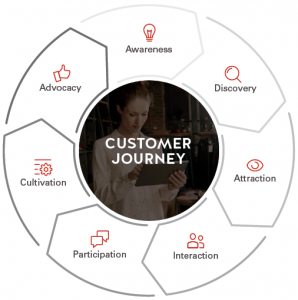In the previous posts in this series, I’ve explained why you should consider clinical sites as your “customers,” and what customer experience (CX) methodology is and how it’s used. In this post, I’ll explain how the methodology applies to clinical sites and how the insights it provides can help improve site relationships.
With the notion of clinical site personnel and principal investigators as your customers, how would you go about applying the CX methodology? Let’s take a deep dive into step one: understanding your customer.
There are myriad ways to collect data, including:
- Primary research, such as conducting a survey or moderating focus groups comprised of site personnel
- Ethnographic research, such as observing or interviewing site personnel and PIs during study conduct
- Participatory studios, in which sponsors/CROs and clinical site personnel brainstorm solutions together
- Usability testing, in which potential solutions, based on previously gathered data, are piloted to a subset of clinical sites
That data can then be used to build out a customer journey map – a visual depiction of each of the touchpoints your sites and PIs have with your organization, from the time they first become aware of your existence to the time they become your loyal advocate. Journey mapping not only looks at the steps along the journey, but at the actions customers take, their motivations, their questions, and the barriers they perceive.
The diagram below depicts a template of a customer journey map.
Consider this journey through the lens of clinical sites:
- Awareness: How do clinical site personnel become aware of your organization and your clinical trials?
- Discovery: How do they learn more about you and your trial(s)?
- Attraction: What draws them in, gets them excited, and makes them want to engage with you?
- Interaction: When, where, and how do they interact with you?
- Participation: What makes them pull the trigger and take on one of your trials?
- Cultivation: What makes them stay with you and conduct additional trials?
- Advocacy: What turns them into a loyal advocate for your organization?
As you gather data, analyze it, and plot the data along the journey map for clinical sites and PIs, you begin to understand how they are experiencing you, including where along the journey you are providing them with that they want/need/expect and where you are falling short.
In my next post, I’ll pull together all of the concepts from the posts in this series together in a detailed case study based on actual research conducted by Duke University and the FDA. In the meantime, check out our guide on this topic.


